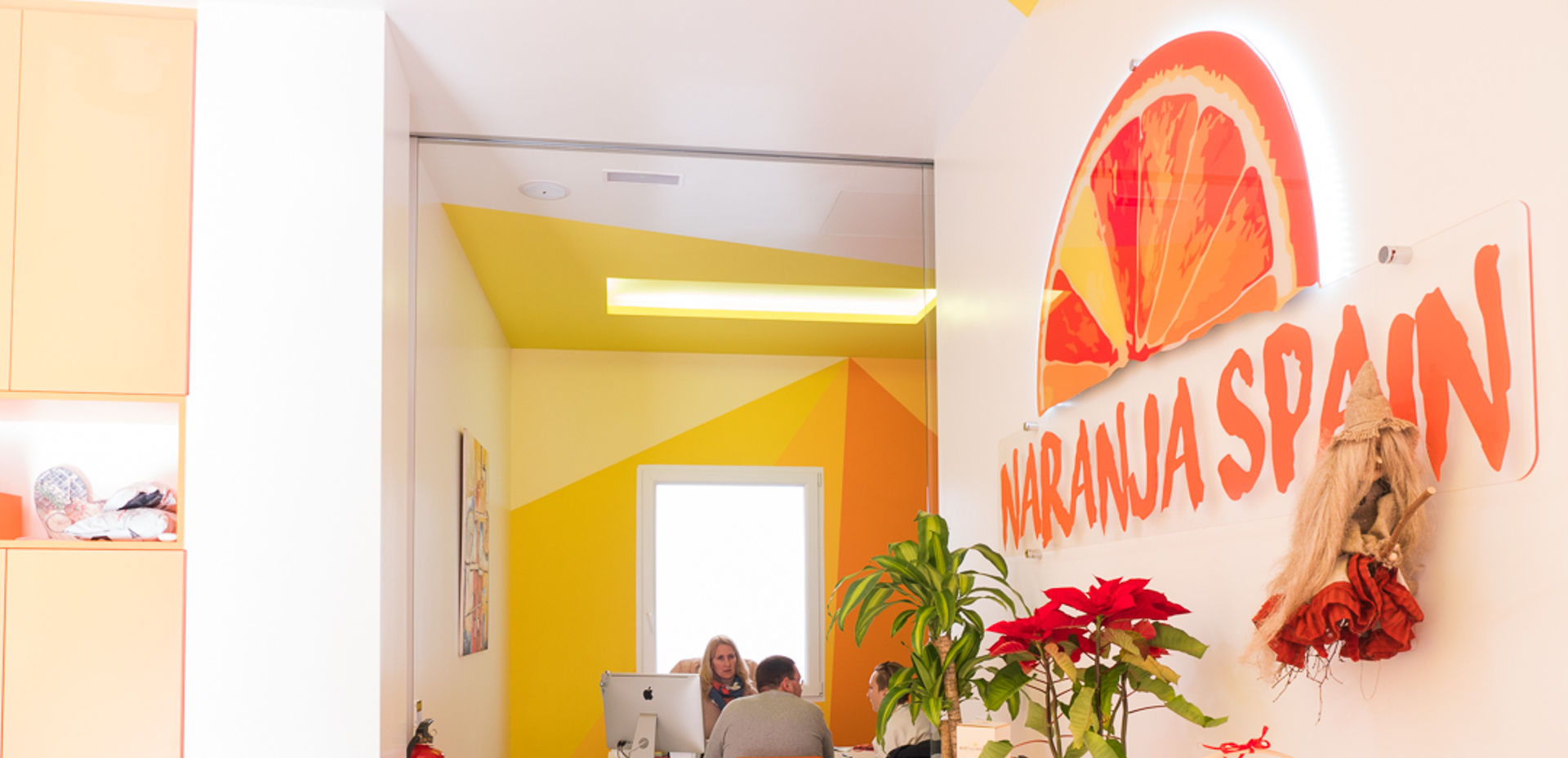Sustainable homes, Real Estate Costa Blanca
Currently the word sustainability is in vogue, and including it in the new construction housing construction sector has made a great contribution to trying to achieve several of the great challenges of the 21st century, such as: ending the depletion of resources fossils (coal, oil and natural gas), the optimization of economic processes, and the conservation of natural resources.
The global awareness of how human development is affecting the environment and the need to save energy and resources, has caused the construction sector to become increasingly concerned about the impact of housing on the environment and find a harmony with the environment.
As of January 1 of this year 2021 in Spain the directive regulations are applied for the entire European Union, which has been working in Brussels since 2012, which requires all new residential constructions to be energy-consuming very low and thus support in this way the fight against climate change, contributing to the reduction of gas emissions to the earth's atmosphere.
There is data stating that buildings consume between 30% and 40% of natural resources. They also contribute between 40% and 50% of CO2 emissions, both during the construction process and throughout the useful life of the property.
However, it should be noted that sustainable homes consume around 60% less energy and 40% less water than a traditional construction, a very shocking figure.
What is a sustainable home?
The term sustainable housing has more and more presence today and is now a requirement for most of the clients of the Orange Spain real estate agency, who are looking to buynew-build homes.
Sustainable homes are those that try to minimize the impact of their construction on the environment and whose objective is to reduce energy consumption by generating their own resources, capable of storing and producing energy from renewable sources, promoting the use of recyclable materials.
pinterest.es
Some of the most important factors to consider before building a sustainable home:
- The orientation: with a house facing south we will allow the maximum use of solar energy for both light and heat.
- The terrain: it is essential that the architectural design integrates the climatic conditions of the place.
- The construction: it is preferable that the constructions have open spaces that allow the passage of air to achieve natural ventilation. In addition, insulating materials should be used in walls and walls, as well as more efficient windows.
- The environment that surrounds the house: To satisfy the energy needs of the house, the natural resources available in the environment are used, highlighting, among others, the sun, wind, vegetation, ventilation and natural shade.
How to make a home sustainable
The choice of construction materials is the key factor for a home to be sustainable. The most suitable materials are those that do not require a large consumption of energy for their production, those that have a renewable origin and entail a reduction in energy in the home due to their characteristics.
- Insulation: A well-insulated home is a more sustainable home, since most of the energy is spent in spaces that have air conditioning or heating, and good insulation reduces or even eliminates the use of these systems. Wood, clay, agglomerated cork, recycled paper fibers, these are some of the materials used in the insulation of a sustainable home.
- Installations: it is important to take into account the use of sustainable construction materials for housing installations. A plastic alternative for the most environmentally friendly pipes are polypropylene, polybutylene and polyethylene. These are thermoplastic materials that can be used for heating systems, water pipes and drains. Their main advantage is that they do not contain chlorine in their composition, so they are not toxic. They are also chemically inert, sterilizable, recyclable. and have a long service life.
- Renewable energy sources: the energy for the production of cold or heat comes from clean sources, such as high-performance boilers and heat pumps. Electric energy is obtained through cogeneration systems, solar panels or wind generators. In addition to taking advantage of natural light, sustainable buildings must use energy-efficient lighting, such as that provided by LED technology.
What is the purpose of a sustainable home?
- Reduce energy consumption: as we have already said before, this can be done by making a design that takes into account the environment and the orientation of the building,to reduce consumption in lighting and heat. We can also highlight among others the use of batteries and solar panels, although there are other alternatives such as pavements that produce energy when they are stepped on, or with kettles that take advantage of water vapor to generate energy through vibrations.
- Reduce water consumption: Establishing systems to collect rainwater or recycle gray water, that is, those from the shower, washing machine, etc. .. for watering gardens, flushing toilets and cleaning exteriors.
- Reduce the waste generated: The waste generated in the construction itself, at the time of correctly planning the work, must be separated and recycled as far as possible.
The Naranja Spain Inmobiliaria team believe that it is important to recognize that all individually, we can begin a transformation that helps to improve the current situation of the environment. Here are some tips that you can do to start doing your bit for a better world:
How to reduce the water bill?
- Quick showers, turn off the tap while soaping up, brushing your teeth, brushing your hands or shaving.
- Put a full bottle in the toilet cistern so that not as much water comes out each time you flush.
- Instead of flushing the toilet paper down the toilet, throw it in a wastebasket. Also, do not throw cigarettes or other items like a trash can.
- When you put in a washing machine, make sure it is full to the maximum. Also use programs that spend less.
- If you have a leaky faucet, fix it!
- If you have an outdoor area in your house, use the broom to clean that area instead of the hose.
How to reduce the electricity bill?
- Make the most of natural light; open curtains and blinds.
- Use LED lights for lighting your home.
- Turn off the light when you leave a room.
- Use efficient appliances classified with the energy label, since they save up to 50%.
google.es
google.es
- If you use air conditioning, set the thermostat to a bearable temperature, each additional degree of air conditioning represents 7% more energy consumption.
- Turn off your computer if you are not using it, a device in standby position can represent up to 70% of your daily consumption.
- Disconnect all electrical appliances that you are not using, since they are connected they consume energy (even if they are not turned on).
- Defrost your freezer, the frost creates insulation that can increase an extra 20% of electricity consumption.




 API: 764
API: 764
